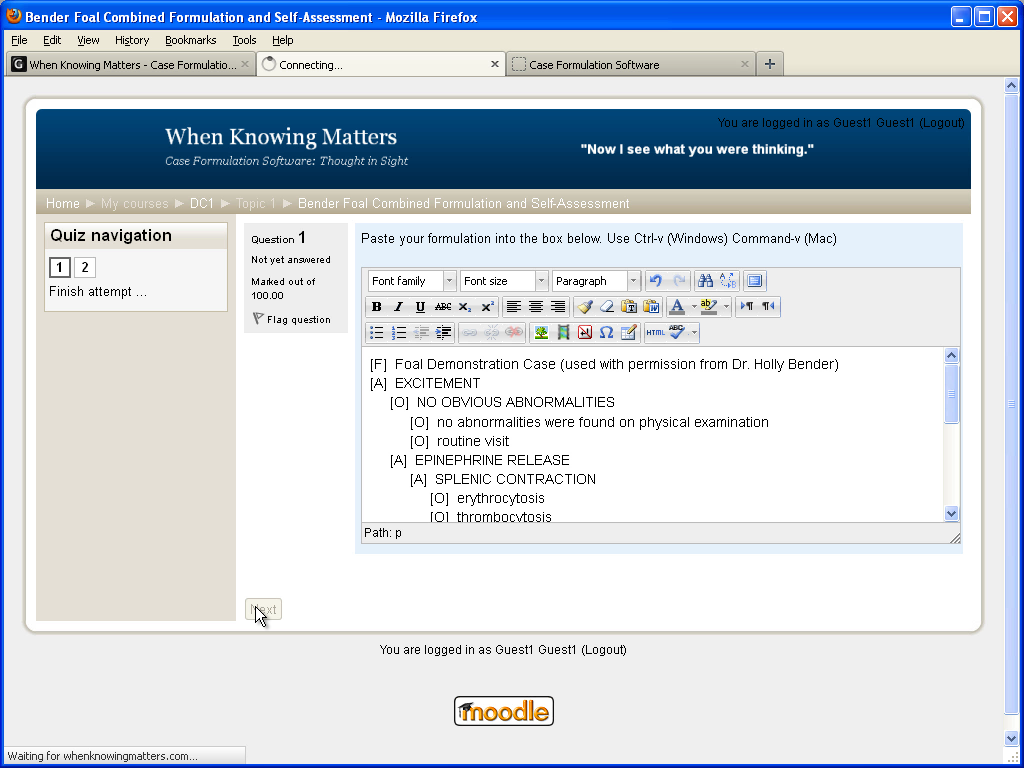For an educator, evaluating a learner's extensive assessment by looking for every relevant observation and assertion is not a trivial task.
So the prevailing wisdom is: Don't do it!
Assessments are first and foremost about developing critical thinking skills in learners - a process that transcends the accuracy of an individual assessment. That said, there are several effective strategies for evaluation that are pragmatic, efficient, meaningful, and merciful to both learners and educators.
One strategy that extends the learning experience is peer-review. The Applied Learning Platform provides Evaluator Basic for peer evaluation, and Evaluator Advanced available by subscription and usually used by educators. Peer evaluation provides an opportunity for learners to develop the skill of analyzing the work of another to decide if differences are merely in style or structure, or more importantly...in content and reasoning. In addition, a peer evaluation strategy helps learners develop communication skills in giving and receiving criticism and praise.
For a paper-based peer evaluation, peers can be provided with the Reference Assessment, which is the activity author's solution along with an evaluation rubric (see examples of rubrics).
Another strategy for evaluating assessments is to provide a framework for learners to use when creating the assessment. A framework not only helps organize a learner's' thoughts into meaningful sections, it serves as a guide for educators when looking for specific elements of an assessment.
Another strategy for evaluation leverages the quiz function of a course management system. If the author of an activity includes the self-assessment option, an additional button appears in the menu of Presenter notifying the learner that a self-assessment is required. One approach to evaluating an assessment using a self-assessment strategy is illustrated in the following screenshots.
The first question of a course management system's quiz requires learners to submit their assessment,
and the second question provides a list of learning topics that the learning activity was designed to address. Learners copy the list of topics,
return to Presenter, click the "Self-assessment is required" button, and import the topics using the "Import topics from your clipboard" option.
Then learners drag and drop relevant portions of their assessment under each topic.
Learners then copy their self-assessment to their clipboard, return to question 2 in the course management system, and paste the results (Topics with relevant portions of their assessment) into the answer box.
A final strategy for learner evaluation that involves an applied learning activity is to present a partial assessment to learners in the body of a question, and then use traditional forms of evaluation such as multiple choice, true/false, short answer, or essay questions to have them identify and explain the missing elements.





